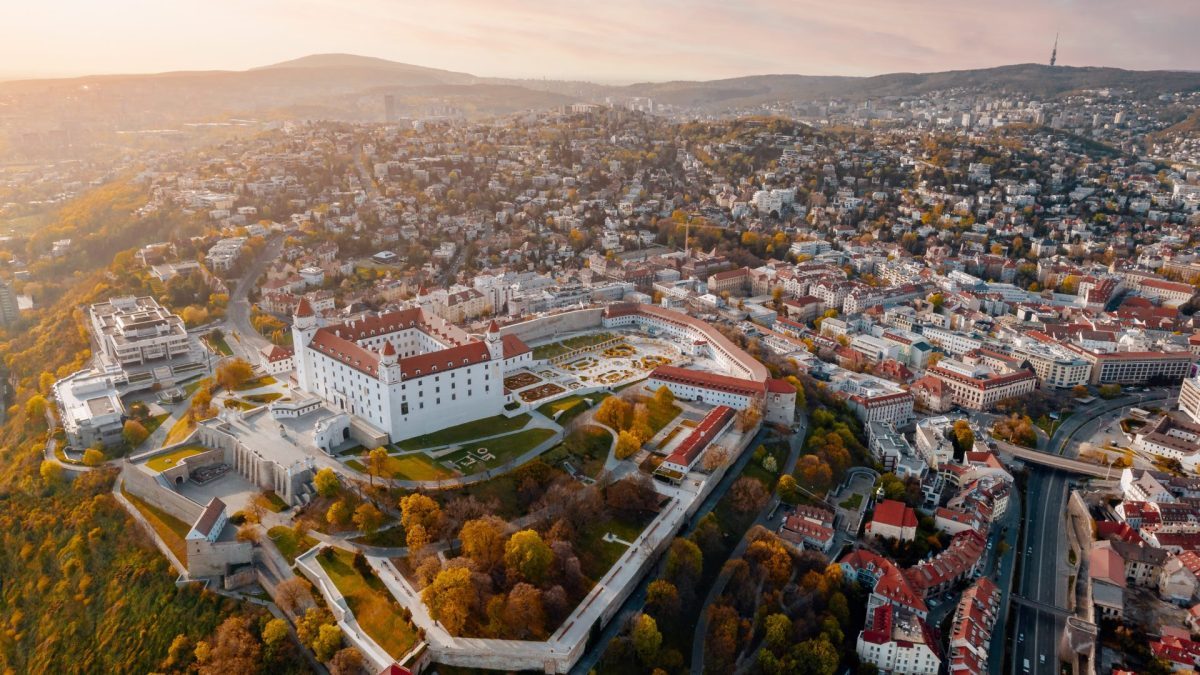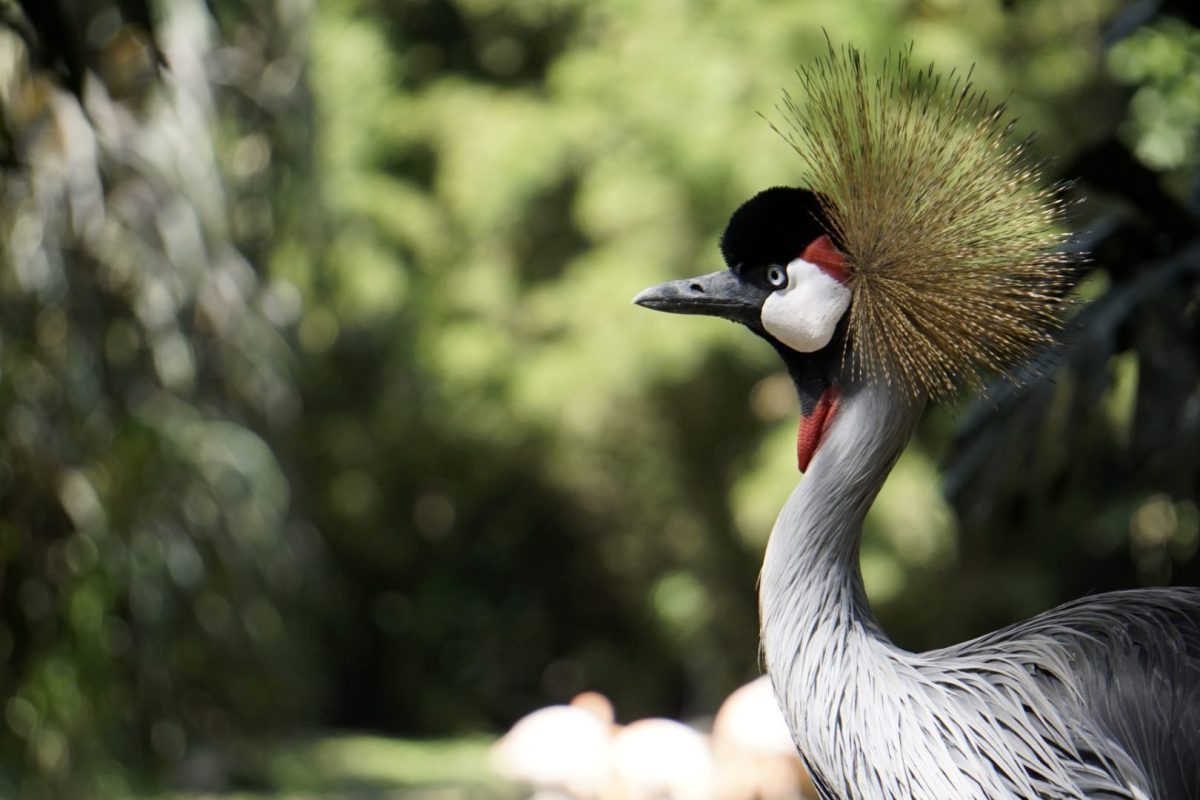From Alula Hegra Guided Tour: How to Explore Saudi Arabia’s UNESCO World Heritage Site
If you’re planning a trip to Saudi Arabia, make sure to include the Alula Hegra Guided Tour in your itinerary. This tour provides visitors with the opportunity to explore the Hegra, Saudi Arabia’s first UNESCO World Heritage Site, and the largest preserved site of the Nabataean civilization south of Petra. With more than 110 tombs carved from giant rock formations, this ancient site is open for visitors to learn about the culture, traditions, and history of its people.Experience
This guided tour provides you with the opportunity to experience Saudi Arabia’s rich cultural heritage. You’ll visit the Hegra, the heart of the Nabataean civilization, and explore the region’s ancient tombs and rock formations. In addition, you’ll explore the Jabal Ithlib and Jabal AlBanat, visit the Tomb of Lihyan son of Kuza, and tour the Jabal AlAhmar and Jabal Alkhuraymat. Moreover, you’ll visit the Handcraft Pavilion, where you can watch local artisans at work and purchase unique souvenirs.Highlights
The Alula Hegra Guided Tour includes the following highlights:- Entrance to Hegra – UNESCO World Heritage Site
- Exploration of Jabal Ithlib and Jabal AlBanat
- Visit to the Tomb of Lihyan son of Kuza
- Tour of Jabal AlAhmar and Jabal Alkhuraymat
- Visit to the Handcraft Pavilion
Full Description
The Alula Hegra Guided Tour begins with a pick-up from your hotel in Alula. You’ll travel to the Hegra, which lies approximately 22 km north of the town. Here, you’ll receive entrance to this UNESCO World Heritage Site, which encompasses over 100 tombs carved into rock formations. These tombs date back to the 1st century AD and include inscriptions in the Nabataean and Thamudic scripts. Your tour will continue with a visit to Jabal Ithlib and Jabal AlBanat, where you’ll be amazed by the stunning rock formations and magnificent views. The tour then proceeds to the Tomb of Lihyan son of Kuza, an iconic mausoleum that showcases the region’s rich artistic heritage. Next, you’ll visit Jabal AlAhmar and Jabal Alkhuraymat. These two mountains are symbolic of the region’s natural beauty, with their bright red sandstone and rugged terrain. You’ll be provided with plenty of opportunities to take memorable photos and soak in the stunning scenery. The final stop on this tour is the Handcraft Pavilion. Here, you’ll have the opportunity to watch local artisans at work and purchase unique souvenirs to take back home. Everything from pottery and ceramics to jewelry and textiles can be found here, showcasing the region’s rich artistic heritage. The Alula Hegra Guided Tour includes transportation, guiding, and entrance fees. Gratuity is not included in the tour price.Book the Tour Here
Ready to explore the Alula Hegra Guided Tour for yourself? Book your trip today at this link and get ready for an adventure you’ll never forget!
Frequently Asked Questions about Al Ula, Saudi Arabia
1. What is Al Ula?
Al Ula is an ancient city located in the northwestern region of Saudi Arabia. It is situated within the Al Madinah Province and is known for its rich history, cultural heritage, and stunning natural landscapes.
2. How do I get to Al Ula?
You can travel to Al Ula by either taking a flight or driving. Many airlines such as Saudia, Flynas, and Flyadeal operate flights to Al Ula Airport. If you prefer to drive, the city is accessible via the highway system that connects it to major cities like Riyadh, Jeddah, and Medina.
3. What are the main attractions in Al Ula?
Al Ula is home to many unique attractions that offer visitors a glimpse into the region’s rich culture and history. These include:
- Mada’in Saleh: An ancient Nabatean site that consists of tombs carved into sandstone cliffs
- AlUla Old Town: A historic town with preserved mudbrick buildings and narrow streets that date back hundreds of years
- Hegra: Another ancient Nabatean site that is also known as Al Farid Tombs
- Elephant Rock: A large rock formation that resembles an elephant and is located near Al Ula city
- Winter at Tantora Festival: An annual festival that celebrates the region’s culture, history, and stunning landscapes with various activities and events
4. What is the best time of year to visit Al Ula?
The best time to visit Al Ula is during the winter months between October and March when the temperatures are cooler and more pleasant. It is also the time when the Winter at Tantora Festival takes place, which is a great time to experience the region’s culture and festivities.
5. What should I wear when visiting Al Ula?
Al Ula is a conservative city, and it is recommended that visitors dress modestly and respect the local culture and customs. Women should wear long dresses or skirts, and long-sleeved tops, and they can cover their hair with a scarf if they wish. Men should wear long pants and shirts with sleeves. It is advisable to avoid revealing clothing, such as shorts or tank tops.
6. Do I need a visa to visit Saudi Arabia?
Yes, most visitors to Saudi Arabia require a visa to enter the country. Depending on your nationality, you may need to apply for a visa in advance, or you can obtain it upon arrival. The visa requirements and application process can vary, so you should check with the nearest Saudi embassy or consulate for more information.
7. What is the currency used in Al Ula?
The currency used in Al Ula and the rest of Saudi Arabia is the Saudi Riyal (SAR). You can exchange currency at banks and exchange offices located throughout the city. Credit cards are also widely accepted in hotels, restaurants, and shops.
8. What are some traditional foods to try in Al Ula?
Al Ula is known for its rich and flavorful cuisine that is influenced by various cultures and traditions. Some of the must-try dishes include:
- Mandi: A delicacy that consists of rice and grilled meat cooked in a tandoor oven
- Tamees: A type of bread that is baked in a stone oven and served with honey or cheese
- Muhammar: A sweet rice dish that is flavored with dates and served with meat or chicken
- Harees: A dish made from wheat and meat that is cooked until it turns into a porridge-like consistency
- Lugaimat: A sweet dessert that consists of small fried dough balls dipped in sweet syrup or honey
9. Is it safe to travel to Al Ula?
Yes, Al Ula is generally a safe city to visit, and the government has taken various measures to ensure the safety and security of visitors. However, visitors should still exercise caution and be aware of their surroundings. It is also important to respect the local culture and customs to avoid any misunderstandings.
Book Your Tour Now
Al Ula is a unique and fascinating city that offers visitors a glimpse into the region’s rich history, culture, and natural beauty. With its stunning ancient sites, preserved mudbrick town, and delicious cuisine, Al Ula has something for everyone. Whether you are a history buff or an outdoor enthusiast, Al Ula is sure to impress.

How to Spend Your Time as a Tourist in Al Ula, Saudi Arabia
If you’re planning a trip to Saudi Arabia, don’t miss the chance to visit one of the country’s most historic and beautiful places – Al Ula. Located about 400 kilometers north of Medina, it is a small town situated at the foothills of the Hijaz Mountains. Al Ula is a perfect tourist destination for those who love history, culture, and natural landscapes. Here are some tips on how to spend your time in Al Ula.1. Visit Madain Saleh
Madain Saleh is the most famous and important archaeological site in Al Ula. It is a UNESCO World Heritage Site and considered the second most significant site of the Nabataean civilization after Petra in Jordan. Madain Saleh has more than 100 tombs carved into the mountainside dating back to the Nabatean era, approximately 2,000 years ago. There are various tour companies in Al Ula that offer guided tours to Madain Saleh, and it is highly recommended to take one of these tours to learn more about the history of the site.2. Explore the Old Town of Al Ula
The Old Town of Al Ula is an ancient settlement that has been inhabited for more than 7,000 years. It consists of mud-brick homes, mosques, and old markets that are still in use today. The town is surrounded by a high wall that protected it from invaders. The Old Town of Al Ula is a great place to explore and see traditional architecture and experience Saudi culture firsthand.3. Admire the Rock Formations
Al Ula is home to numerous rock formations that are unique and interesting to explore. Some of the most famous rock formations are Elephant Rock, the Mushroom Rock, and the Hanging Rock. These formations are called “Dadain” by the locals, and they are the result of millions of years of erosion. It is recommended to explore these formations either in the early morning or late afternoon when the sun is not too hot.4. Attend the Winter at Tantora Festival
The Winter at Tantora Festival is an annual cultural and entertainment festival held in Al Ula during the winter months. The festival includes music concerts, art exhibitions, theatrical performances, and culinary events. It takes place at Maraya, a magnificent mirror-walled concert hall with a capacity of 500 people. The Winter at Tantora Festival is an excellent opportunity to enjoy the beauty of Al Ula and experience Saudi culture.5. Take a Camel Ride
Camel riding is a popular activity in Al Ula, and it provides a unique way to explore the region’s desert landscape. Camel rides are available in various lengths, ranging from a few minutes to several hours. Riding a camel is an excellent way to connect with the local culture, as it has been an essential part of desert life for thousands of years.6. Relax at the Ashar Resort
After a day of exploration and adventure, unwind and relax at the Ashar Resort. It is a luxurious resort located in the heart of Al Ula’s desert landscape. The resort offers various amenities, including swimming pools, spa facilities, and dining options. It is an excellent place to stay for those who want to experience the beauty and luxury of Al Ula.Book Your Tour Now
Al Ula is a unique and beautiful place that offers an unforgettable experience for tourists. Whether you are interested in history, culture, or natural landscapes, Al Ula has something to offer. From exploring Madain Saleh to experiencing the Winter at Tantora Festival, Al Ula has a variety of activities and sights to see. Visiting Al Ula is an incredible opportunity to learn about the rich history and culture of Saudi Arabia and to see a part of the world that is not often explored.Table of Contents

